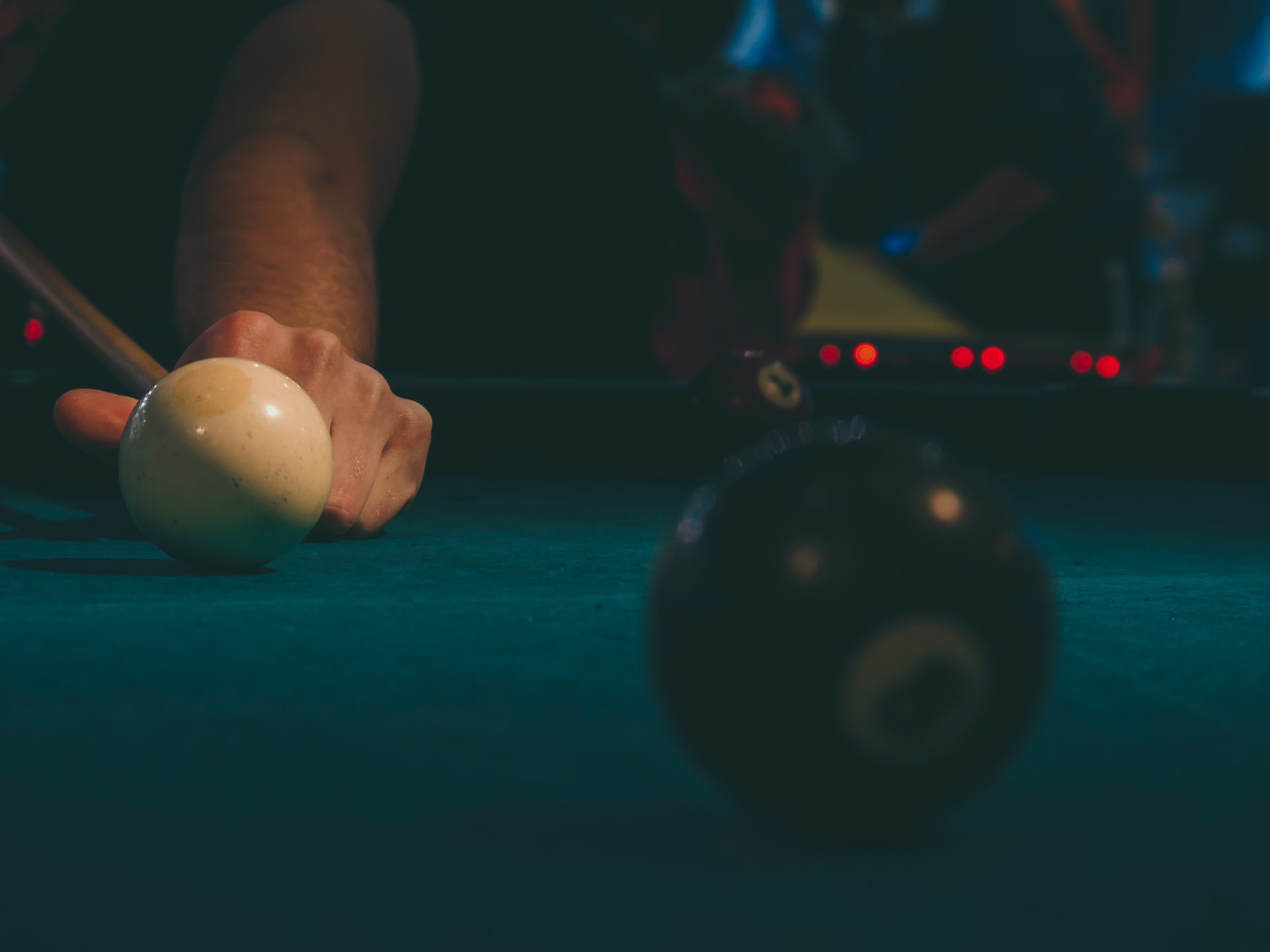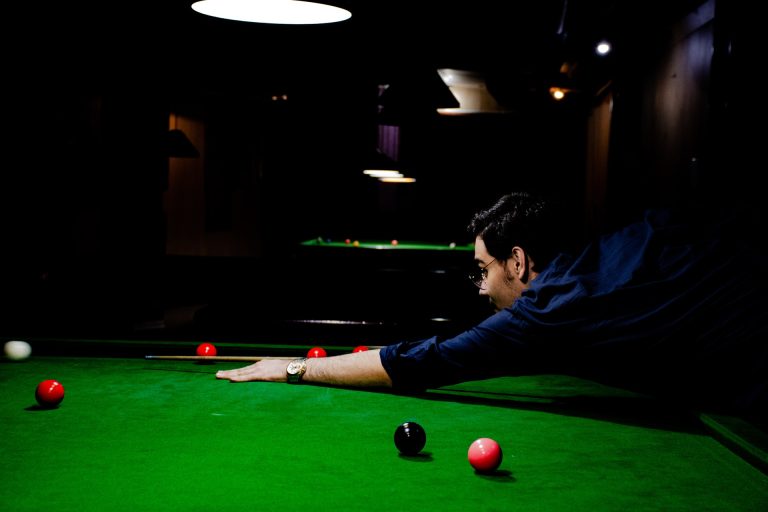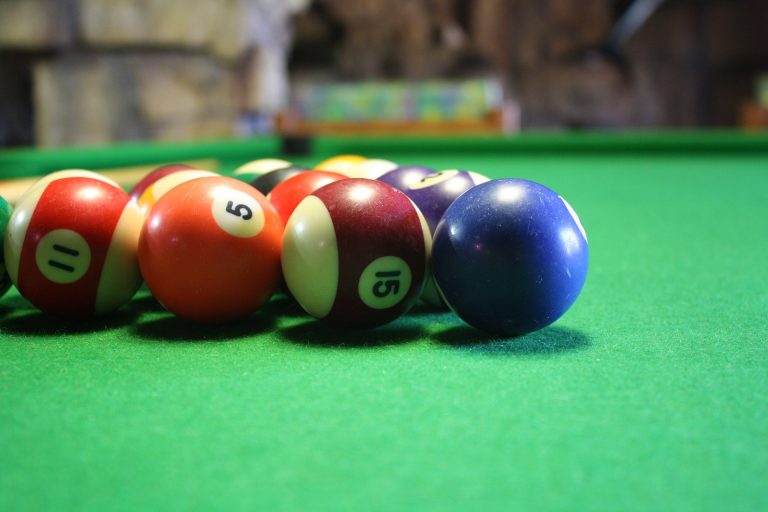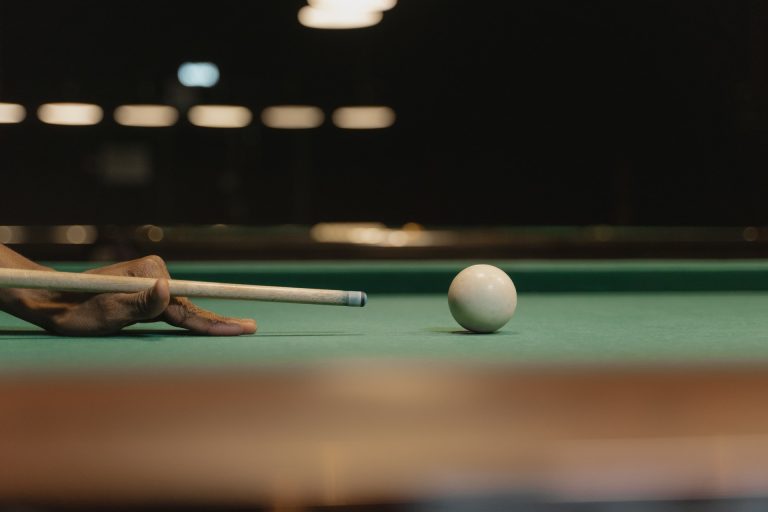What is History of Pool Cue?
The history of the pool cue is a fascinating journey through time, tracing the evolution of the game of pool and the equipment used to play it. From the earliest days of the sport, when players used crude sticks to strike the balls, to the modern era of precision-crafted cues, the pool cue has undergone many changes and improvements.
In this blog post, we will take a look at the history of the pool cue, examining the key developments and innovations that have shaped the game and the equipment we use today. From the early days of billiards to the modern era of professional pool, this post will explore the rich history of the pool cue and its role in shaping the game we know and love.
Who Invented the Pool Cue?
The invention of the pool cue is a topic of some debate among historians and enthusiasts of the game. Some believe that the earliest form of the pool cue can be traced back to the 15th century, when the game of billiards was first played in Europe using crude sticks to strike the balls. Others argue that the modern pool cue as we know it today was not invented until the 19th century.
One of the earliest recorded references to a pool cue-like implement can be found in the writings of the famous English writer and poet, Shakespeare, who mentioned “a billiard of wood” in his play “Anthony and Cleopatra” written in 1606-1607. However, it is not clear if the billiard of wood referred to in the play is in fact a pool cue or simply a stick used to strike the balls.
Century-Wise Updates
In the 18th century, the game of billiards began to evolve into the game we know as pool today, and with that, cues also started to develop and improve. The cues of that time were shorter and thicker than today’s pool cues, and were often made of wood such as ash or maple.
The 19th century saw the invention of the new technology of manufacturing cues by John Thurston, a British billiard table maker. He is credited with inventing the process of turning wood on a lathe to create a cue with a uniform taper and consistent straightness. This process revolutionized the manufacturing of cues and set the standard for modern pool cues.
In the 20th century, the pool cue continued to evolve and improve, with new materials and manufacturing techniques being developed. Today, pool cues are made from a variety of materials including wood, graphite, and fiberglass, and are precision-crafted to provide players with the perfect balance of weight, flex, and feel.
In summary, the invention of the pool cue can be attributed to many different people and cultures over the centuries, but it is clear that the pool cue as we know it today was perfected in the 19th century by John Thurston and continue to evolve in the 20th century.
What Country Invented the Pool?
The origins of the game of pool can be traced back to the 15th century in Europe, where a game similar to pool known as “billiards” was played. The game was popular among the upper classes and was played on a large table using crude sticks to strike the balls.
The game evolved over time and eventually gave rise to the modern game of pool as we know it today. It’s difficult to pinpoint exactly which country invented the game, as various forms of billiards were played in different countries throughout Europe, such as France, England, and Belgium.
However, it’s widely accepted that the modern game of pool as we know it today, developed in the United States in the late 19th century. American-style pool tables and rules have since become the standard around the world.
What Is the Original Name of Pool?
The original name of the game that is now known as pool is “billiards”. The game has its origins in 15th century Europe, where it was played on a large table using crude sticks to strike balls. Billiards was a popular game among the upper classes and was played in various forms in different countries such as France, England and Belgium.
Over time, the game evolved, and variations of the game, such as carom billiards, snooker and pool, developed. The game of pool as we know it today, which is played on a smaller table with six pockets and uses smaller balls, developed in the late 19th century in the United States, and is referred to as “pocket billiards” as well. The term “pool” is derived from the use of a pool of money that was wagered on the game.
Why Is It Called a Pool Cue?
The game of pool, also known as pocket billiards, is believed to have originated in the late 19th century in the United States. The name “pool” is thought to have come from the practice of pooling money together to wager on the game.
At that time, pool halls were popular gathering spots for people to play the game and place bets, and it is likely that the term “pool” was used to refer to both the game itself and the betting that took place.
The pool cue, also known as a billiard cue, is the primary tool used to strike the balls on a pool table. The cues used in the early days of the game were simple sticks, but as the game evolved, the cues also started to improve. The cues of that time were shorter and thicker than today’s pool cues, and were often made of wood such as ash or maple.
In the 19th century, John Thurston, a British billiard table maker, is credited with inventing the process of turning wood on a lathe to create a cue with a uniform taper and consistent straightness, this process revolutionized the manufacturing of cues and set the standard for modern pool cues.
The term “pool cue” is a combination of the name of the game “pool” and the equipment “cue” used to play the game. The pool cue is the primary tool used by players to strike the balls and make shots on a pool table, so it was natural that the name of the game would be combined with the name of the equipment used to play it.
Conclusion
In conclusion, the history of the pool cue is a fascinating journey through time, tracing the evolution of the game of pool and the equipment used to play it. From the earliest days of the sport, when players used crude sticks to strike the balls, to the modern era of precision-crafted cues, the pool cue has undergone many changes and improvements.
Read: Pool Table Games

I’m Maverick and I love playing pool games with my friends. I found myself struggling for proper guidance playing this game and selecting good quality equipment for it. I, then, decided to create this blog to guide pool enthusiasts to get right information and start enjoying their game.


![Why Are Pool Cues Expensive? [Find Now]](https://poolcuechamp.com/wp-content/uploads/2022/04/jonas-thijs-ih2IlFTDpjY-unsplash-768x512.jpg)
![How Much Does A Pool Table Cost? [Know It Today]](https://poolcuechamp.com/wp-content/uploads/2022/04/erik-mclean-a8dkA26FLYg-unsplash-768x512.jpg)
![How Much Is My Pool Cue Worth? [Know It Today]](https://poolcuechamp.com/wp-content/uploads/2022/03/billiards-g5bfd365a3_1920-768x536.jpg)


